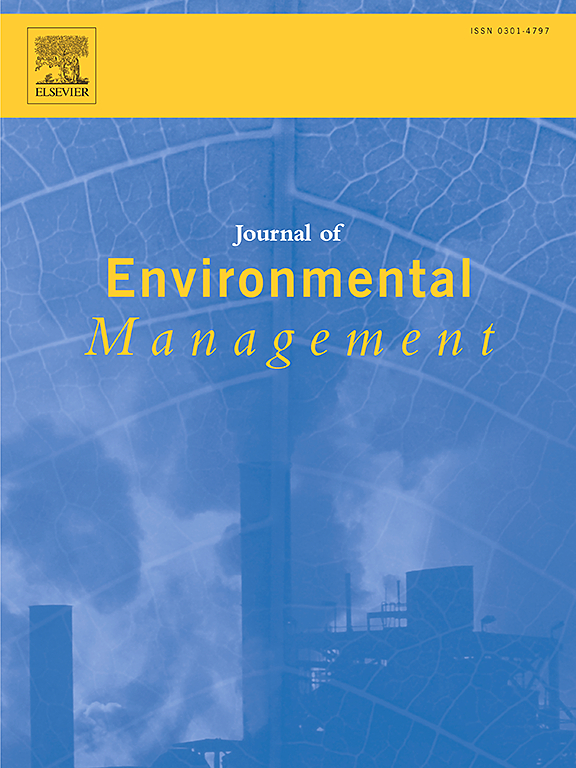利用生物炼制磷回收激励措施释放玉米带流域磷循环潜力。
IF 8
2区 环境科学与生态学
Q1 ENVIRONMENTAL SCIENCES
引用次数: 0
摘要
随着全球磷储量的迅速下降,以磷为食的藻华继续威胁着全球关键的淡水资源。在美国中西部,特别是玉米带,生物精炼厂可以在解决这一问题方面发挥关键作用。通过从乙醇生产的副产品中回收磷,这些设施可以降低酒糟饲料中的磷含量,从而减少粪便中磷的排泄。这一过程可能会将磷从集中的动物饲养操作(cafo)转移到利用回收的磷进行可再生磷(rP)肥料生产。为了促进将磷回收激励纳入各州的营养减少战略,本研究阐明了中西部上游六个州流域玉米生物精炼厂的rP回收的级联效益。在包含生物精炼厂和CAFO的流域鼓励磷素回收可以促进107,500公吨(MT) rP肥料的生产,同时每年从CAFO废物中转移26,800公吨磷素,几乎是分析区域城市污水中估计的磷素减少潜力的两倍。这些估计可以为养分减少分析人员和决策者确定磷负荷减少潜力提供信息。为了进一步指导激励策略,强调了四个优先流域,以说明整个地区的P减少和循环类型。本文章由计算机程序翻译,如有差异,请以英文原文为准。
Unlocking the phosphorus circularity potential of corn belt watersheds with biorefinery phosphorus recovery incentives
As global phosphorus (P) stores rapidly decline, P fed algal blooms continue to threaten critical freshwater resources across the globe. In the Midwestern United States (US), particularly the Corn Belt, biorefineries could play a key role in addressing this issue. By recovering P from the byproducts of ethanol production these facilities could reduce the P content of distillers grain feed, thereby reducing P excreted in manures. This process could potentially divert P away from concentrated animal feeding operations (CAFOs) and toward renewable P (rP) fertilizer production utilizing the recovered P. To foster the inclusion of P recovery incentives in state nutrient reduction strategies, this study elucidates the cascading benefits of rP recovery from corn biorefineries in watersheds across six Upper Midwestern states. Incentivizing P recovery in watersheds that contain both biorefineries and CAFOs could foster the production of 107,500 metric tons (MT) rP fertilizer while diverting 26,800 MT P from CAFO wastes each year, nearly double the estimated P reduction potential for municipal wastewater in the analysis region. These estimates can inform nutrient reduction analysts and policymakers in determining P load reduction potential. To further guide incentive strategies, four priority watersheds are highlighted to illustrate P reduction and circularity typologies across the region.
求助全文
通过发布文献求助,成功后即可免费获取论文全文。
去求助
来源期刊

Journal of Environmental Management
环境科学-环境科学
CiteScore
13.70
自引率
5.70%
发文量
2477
审稿时长
84 days
期刊介绍:
The Journal of Environmental Management is a journal for the publication of peer reviewed, original research for all aspects of management and the managed use of the environment, both natural and man-made.Critical review articles are also welcome; submission of these is strongly encouraged.
 求助内容:
求助内容: 应助结果提醒方式:
应助结果提醒方式:


